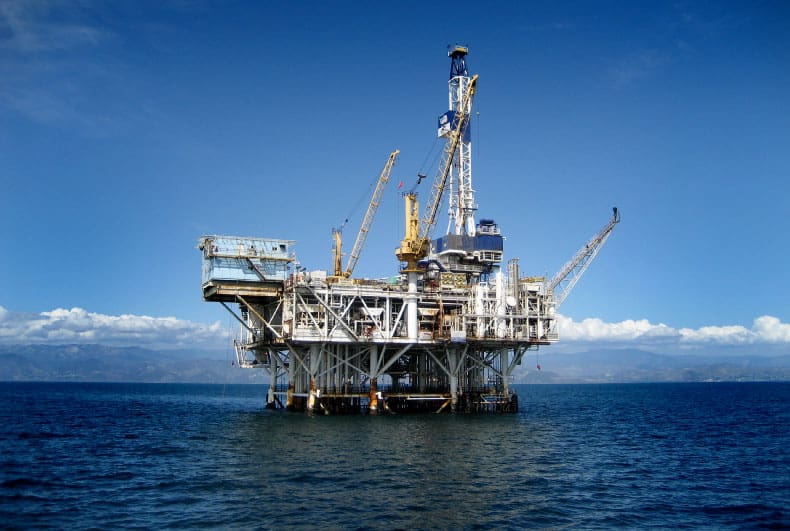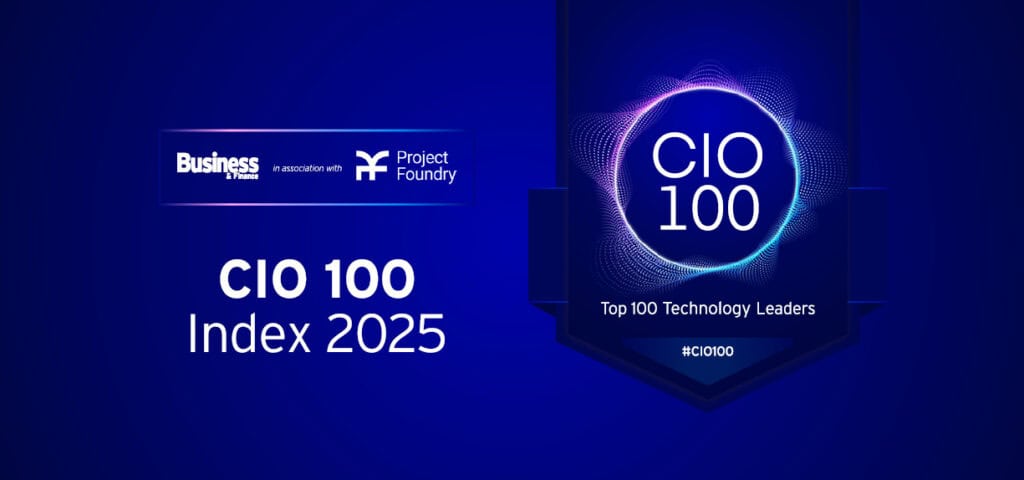Fastnet Oil & Gas now holds the largest area under license in the Celtic Sea. Rónán Duffy recently spoke to managing director Paul Griffiths whose nose for exploration is now firmly directed off Ireland’s southern coast.
The process of developing Ireland’s oil and gas exploration industry has been a long, tortuous and often fruitless one. In recent years, however, with the introduction of new mapping techniques and extraction technology, the resources off Ireland’s coasts, which once seemed out of reach to even the large multinationals, are now firmly back on the agenda.
The successful tests by Providence at its Barryroe oil field last year in many ways reawakened the media and wider public to Ireland’s oil prospects off the south coast but those tests are only a part of a much larger process of early stage exploration being undertaken in the Celtic Sea.
Exploration and appraisal firm Fastnet Oil & Gas is one of the companies which is committed to exploring the resource potential of Ireland’s southern coast. Fastnet now holds the largest area under license in the Celtic Sea as well interests in offshore Morocco where drilling is expected to commence this year.
The company has assembled a management team with extensive experience of geological appraisal and follows a simple model of value creation through early stage work in the oil and gas cycle followed by monetisation through disposal. The model is built on the belief that the optimum route to maximise discovery value is to sell the product at an early stage.
Managing director of Fastnet Paul Griffiths has over 30 years of industry experience in this area and has been involved in exploration projects offshore Ireland since 1981. Griffiths was previously the founder of Island Oil & Gas which also had interests in similar areas to Fastnet before being acquired by San Leon Energy.
Griffiths believes that the Celtic Sea has been the poor relation of the last 15 years in Irish exploration with the Atlantic margin gaining the lion’s share of investment. He sees this as something of a strategic mistake by the major energy multinationals who always viewed the Celtic Sea as a target before shifting their focus around 1996. The development of Fastnet and indeed Providence has begun to reverse this trend.
One of the major differences between the exploration that is occurring now in the Celtic Sea and that which was carried out in the 1980s is the development of 3D seismic mapping technology. 3D seismic can effectively unlock deeper prospects and allows appraisers explore areas that haven’t been explored before. Very soon Fastnet expects to award the contract for the largest 3D seismic survey ever acquired in the Celtic Sea. This is ahead of a drilling programme initially pencilled in for Q2 2014. Griffith explains that the competitive bidding process among established seismic companies demonstrated the increased interest in the basin and the belief that it will be the site of more intensive exploration in the forthcoming years.
“Historically it’s been difficult to attract all these large seismic companies into Celtic Sea,” he says. “The fact that they are now is a reflection of the news flow from Barryroe. Unusually for the Celtic Sea I think this process has been very well bid and I think that’s a sign that the industry at large is taking more notice of offshore Ireland and in particular the Celtic Sea.”
Fastnet’s goal is to build up its licensing option in this area and prove the potential for significant finds in the area before de-risking its investment with a larger company ahead of drilling in 2014. Before that happens however extensive seismic needs to take place and even beyond that Griffith explains that a number of wells need to be drilled before the major multinationals consider large scale investment.
“That has been the problem with offshore Ireland for some time, we all get excited when there’s one well been drilled this year,” he says.
“If you have and stack up a number of prospects in one particular area it makes it far more attractive for a major to come in compared to just looking at one prospect or one field or one well. A major wants to have what we call ‘running room’, to have a series of wells that they can drill over a period of time.”
“If Norway was only drilling one well a year they would never have discovered the volume of hydrocarbons they discovered. That’s not comparing offshore Ireland to Norway because the geology is a little different but the capacity of Ireland to yield more fields is there and you only prove that though drilling. So if people say, ‘well there’s a huge volume of resource of Ireland and we’re giving it away’, well we’re not giving it away because you haven’t found it yet, until you find it you can’t really say what is there.”
This year is also a vital period for Fastnet’s Moroccan prospects as drilling is expected to commence on the Foum Assaka licenced area in which Fastnet retains a 25% gross carried interest alongside the operator Kosmos Energy. Morocco is currently one of the industry’s most sought after exploration frontiers and much of the reason for this is owed to the work previously carried out by Island Oil & Gas.
One of the fundamental differences between Fastnet’s operations in Morocco and Ireland is in respect of the state’s role. In Morocco, the state oil company ONHYM have a 25% carried interest through exploration, a standard arrangement in that jurisdiction that has pertained for about the last 13 years.
As part of the regime the Moroccan state doesn’t pay through exploration. The state owns 25% of licence and they don’t contribute towards the seismic and drilling. If and when a discovery is made that is declared commercial the state then has a decision to make about whether to participate up to 25%, in that case they pay all their share of development costs going forward.
Griffiths says that although many exploration companies might baulk at such an arrangement as it involves giving away a large chuck without upfront capital, he finds it to be helpful and suggests the idea could well work in Ireland.
“I actually like that fiscal regime because from my point of view if the state is aligned with you because they’re an equity partner that means that they will do their best to expedite the progress of the project. It’s in their interest and taxpayers interest because 25% of all income from production goes to them. They do have to pay their way through that part but their risk has been carried through exploration. The beauty is that they can book it as reserves which helps with credit facilities for the government, it means they get their revenues quicker.”
Even assuming the progress in the Celtic Sea continues at its current pace the process of creating a viable long-term oil exploration industry in Ireland is some way off. As Griffiths points out the IDA in Ireland is there to support the growth of tech companies across the country but there is little or no support for the exploration industry, hiring good Irish people with exploration experience is also difficult he adds.
It is clear there is potential, and as with any new industry the spin-off benefit could be huge with regulatory frameworks responsible for health, safety and the environment all to be integrated should the exploration industry take off here. Much will depend on the success of Fastnet and the other early stage exploration companies however and drilling seems to be the only way forward.







